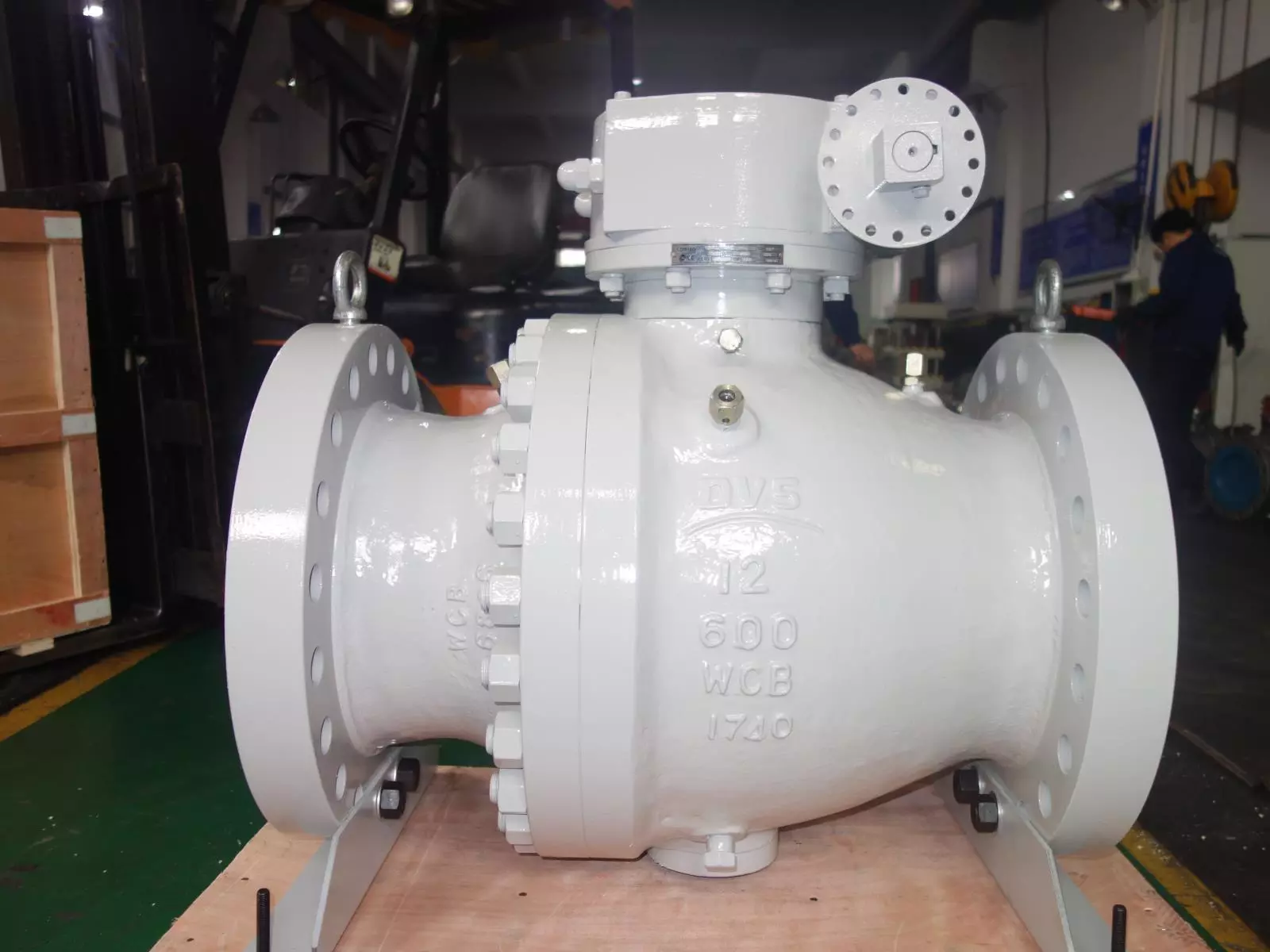Brief Introduction of Ball Valve
2. Function: mainly use to cut or connect the medium in the pipeline, can also be used for fluid regulation and control, wherein the hard-sealed V-ball valve between its V-shaped ball core and the metal seat of the soldered carbide alloy has a strong shear force, especially suitable for fiber-containing, tiny solid material and other media. The multi-pass ball valve not only flexibly controls the convergence, shunt, and flow of the medium on the pipe, but also closes either channel and connects the other two channels. This type of valve should generally be installed horizontally in the pipe.
3. The birth and application of the ball valve: Ball valve came out in the 1950s, with the rapid development of science and technology, production technology and product structure of continuous improvement, in a short period of 40 years, has rapidly developed into a major valve class.
In western industrially developed countries, the use of ball valves is increasing year by year. In China, ball valves are widely used in petroleum refining, long pipeline, chemical, paper, pharmaceutical, water conservancy, electricity, municipal, steel and other industries, in the national economy occupies a pivotal position.
4. How it works: The ball valve has a 90-degree rotation motion, the shape seems a sphere, with a circular through hole or channel through its axis. The ball valve is mainly used in the line to cut off, distribute and change the flow direction of the medium, it only needs to rotate 90 degrees of operation and a small torque of torque to close tight. Ball valve is best used for switching and cutting valves, but recent developments have been developed to make the ball valves designed to allow them to throttle and control flow, such as V-shaped ball valves.
